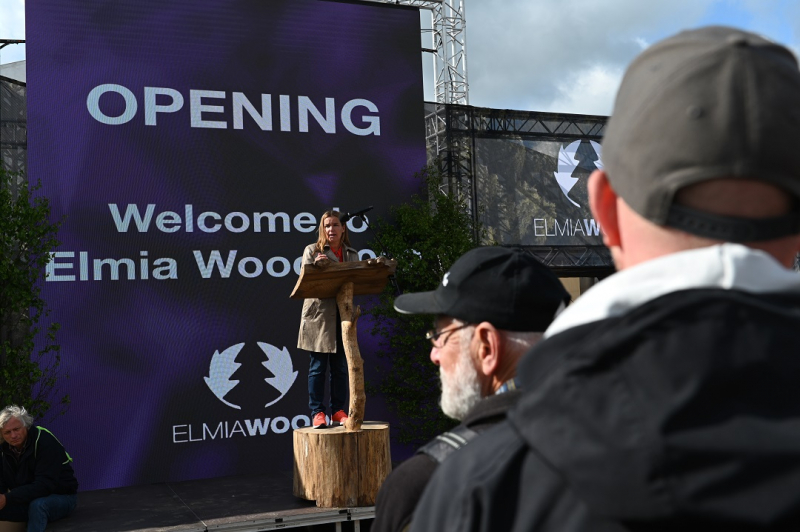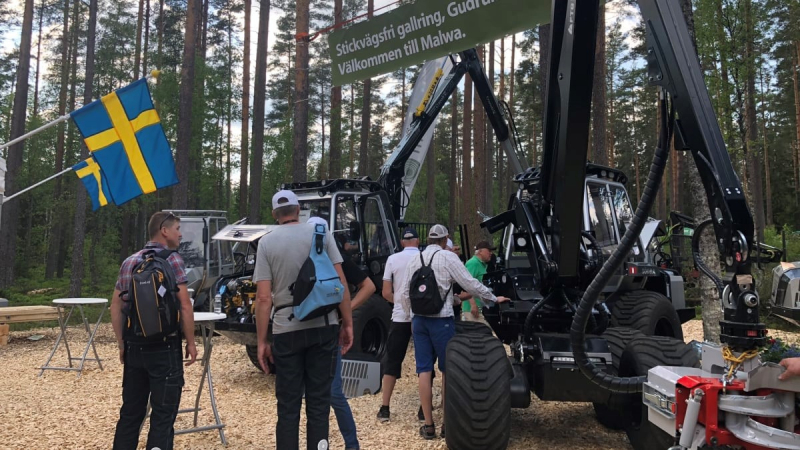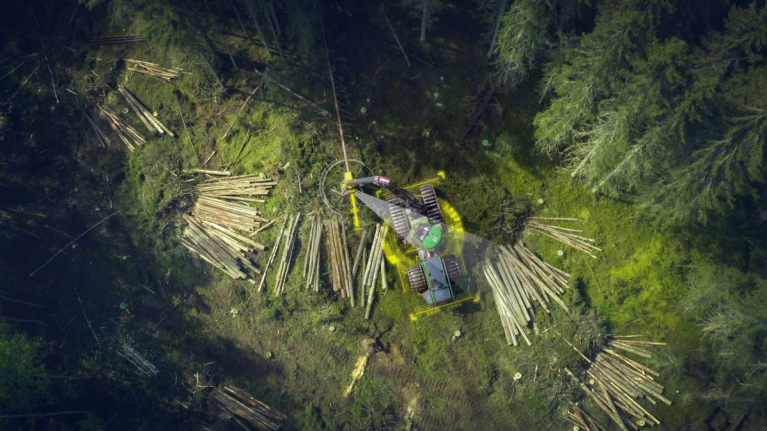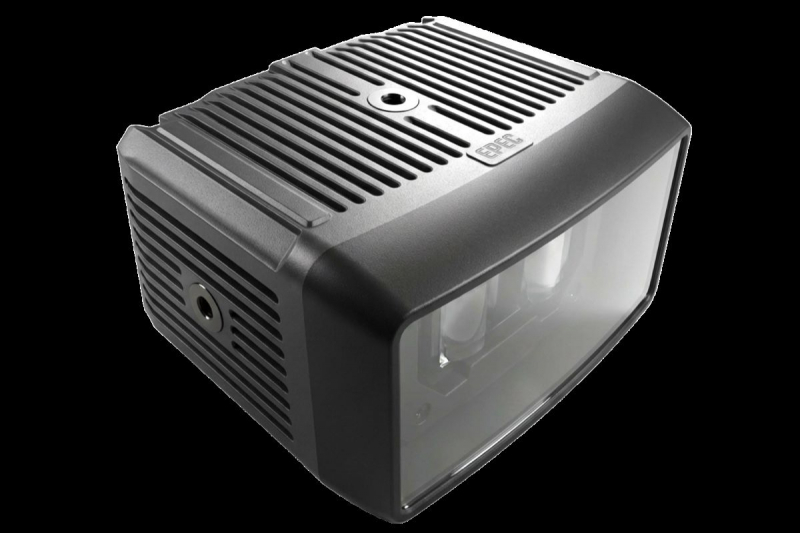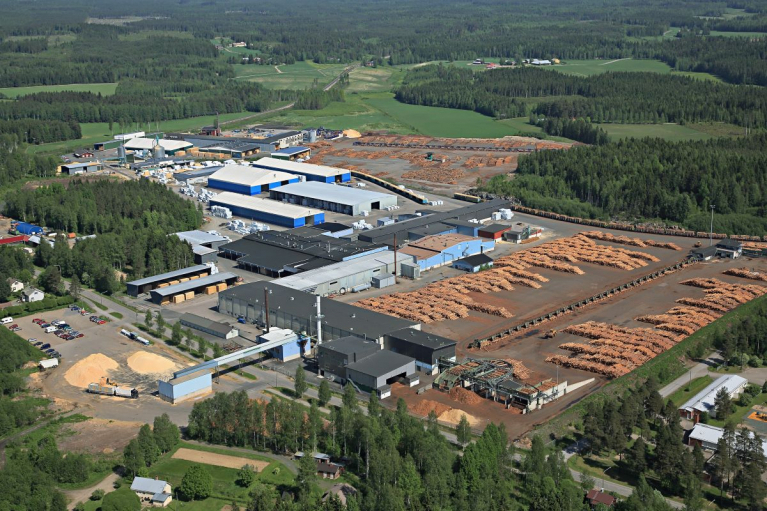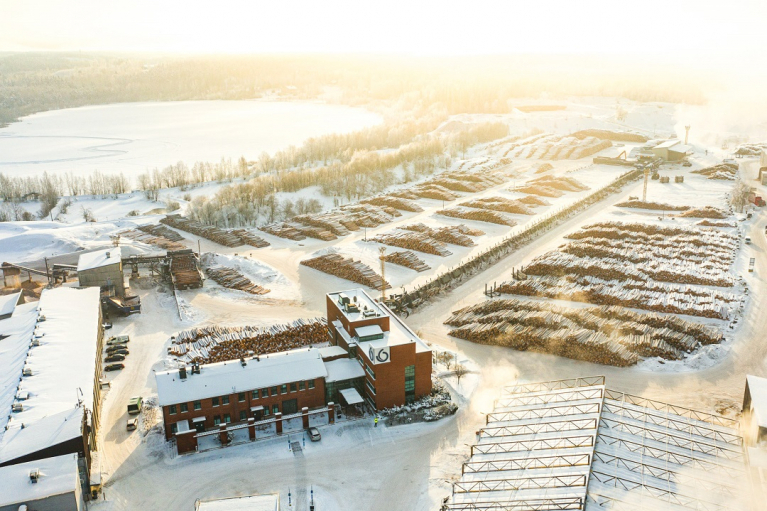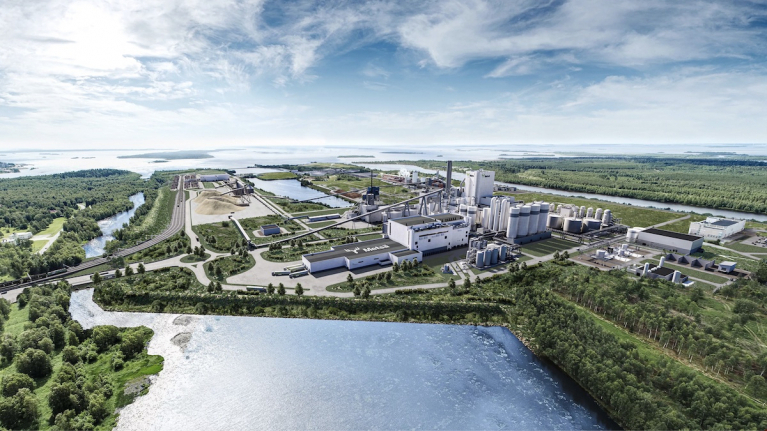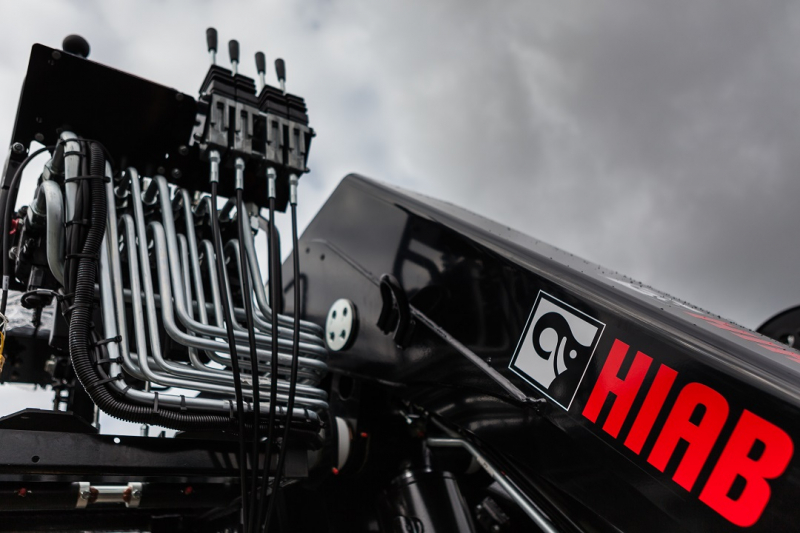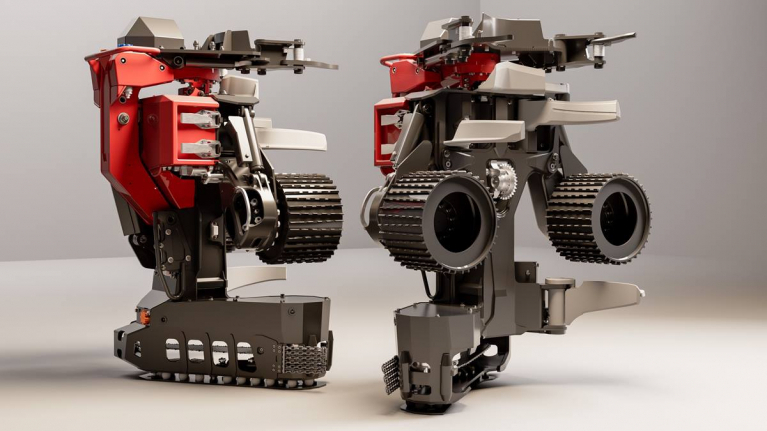Two different ways to combat the spruce bark beetle

At Elmia Wood there were many important topics to discuss. One of them was the spruce bark beetle. The eight-toothed spruce bark beetle is one of the most serious bark beetle pests in our European spruce forests and Sweden, where it continues to cause major problems, is not spared. When spruce bark beetles get under the bark, they simultaneously cut off the nutrient supply and this is what causes the tree to die.
Search dogs trained to recognise the bark beetles’ scent signals are a very effective way of locating trees infested by spruce bark beetles. Behind the company SnifferDogs is Elda, a Dutch shepherd dog, and her owner, Annette Johansson. Together they locate bark beetles for private forest owners and forestry companies – and save tens of thousands of trees every year.
Field trials conducted by SnifferDogs Sweden, in collaboration with the Swedish University of Agricultural Sciences and the Swedish Forest Agency, indicate that search dogs trained to recognise bark beetle scent signals are a very effective way to locate trees recently attacked by spruce bark beetles. Locating and removing these infested trees where the bark beetles and/or their larvae are present prevents them from spreading further. The earlier this is detected, the better. Unlike a human expert, who relies on their visual ability, a dog searches large areas much more quickly. Dogs can detect and locate a newly attacked spruce at a distance of up to 100 metres and can also detect infested spruce trees right from the start of the infestation. And they do this with what are apparently perfectly healthy and green spruce trees located in the middle of a stand.
Behind the company SnifferDogs is Annette Johansson, who currently works with her three dogs: a Belgian Malinois, a Dutch Shepherd, and a mixed breed between German Shepherd and Belgian Malinois. Customers of SnifferDogs include County Administrative Boards, private forest owners and forestry companies.
At Elmia Wood, Drone Zone had a stand number 711, where visitors could Claes Åhlin and Henrik Falk, programmer at Linköping-based Global Forester. Together with their colleagues, they have developed a drone flight programme that makes it easier for those who need to inventory damage, plan tracts, create forest management plans or carry out post-harvest inspections of forest areas. One of the main uses of the programme is to detect bark beetles – and with drones this can be done very quickly.
Drone flight opens up a number of ways to simplify the planning and monitoring of forest areas, and in recent years Global Forester has focused on doing just this. Global Forester has developed an application that is used in conjunction with a drone to fly a pre-determined programme and create a quick orthophoto, a high-resolution photo mosaic, of a forest area. This is done automatically, i.e. there is no need for a hand-held controller to operate the drone. In addition to an overview of the area, the programme also shows the location of the drone and the property boundaries. The drone flies at an altitude of 110 metres and can be flown easily and quickly over inaccessible, rocky or hilly terrain, streams, bogs, windfalls and deep snow.
“The uniqueness of our solution is that it is very fast. In one day, you can survey 1,000 hectares of forest to detect damage caused by bark beetles, among other things,” says Claes Åhlin, developer at Global Forester.
Spruce bark beetles are a growing problem and here the programme can offer a convenient and useful solution to get an overview of large areas in a short time – one hectare can be covered in 10 to 15 seconds! The drone images, which are wirelessly and directly transmitted from the drone to an iPad, can detect individual affected and damaged trees that need to be felled.


